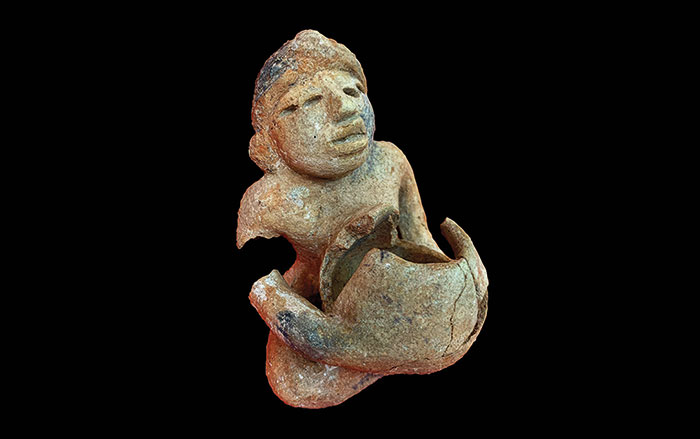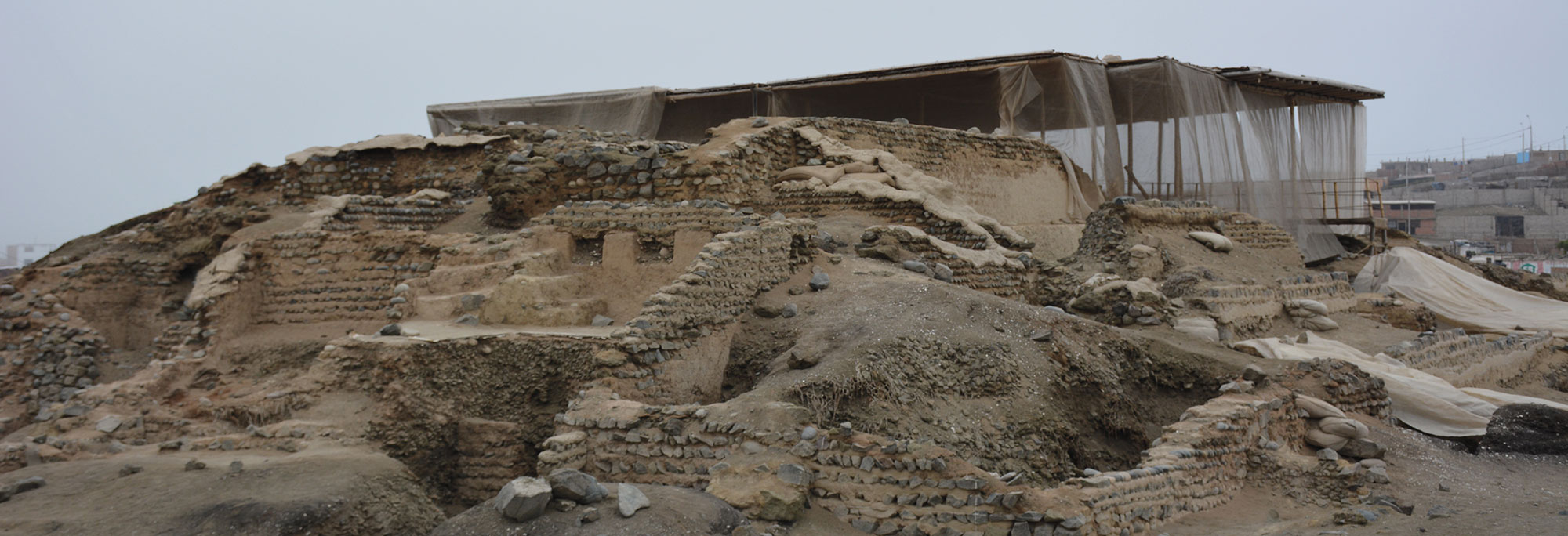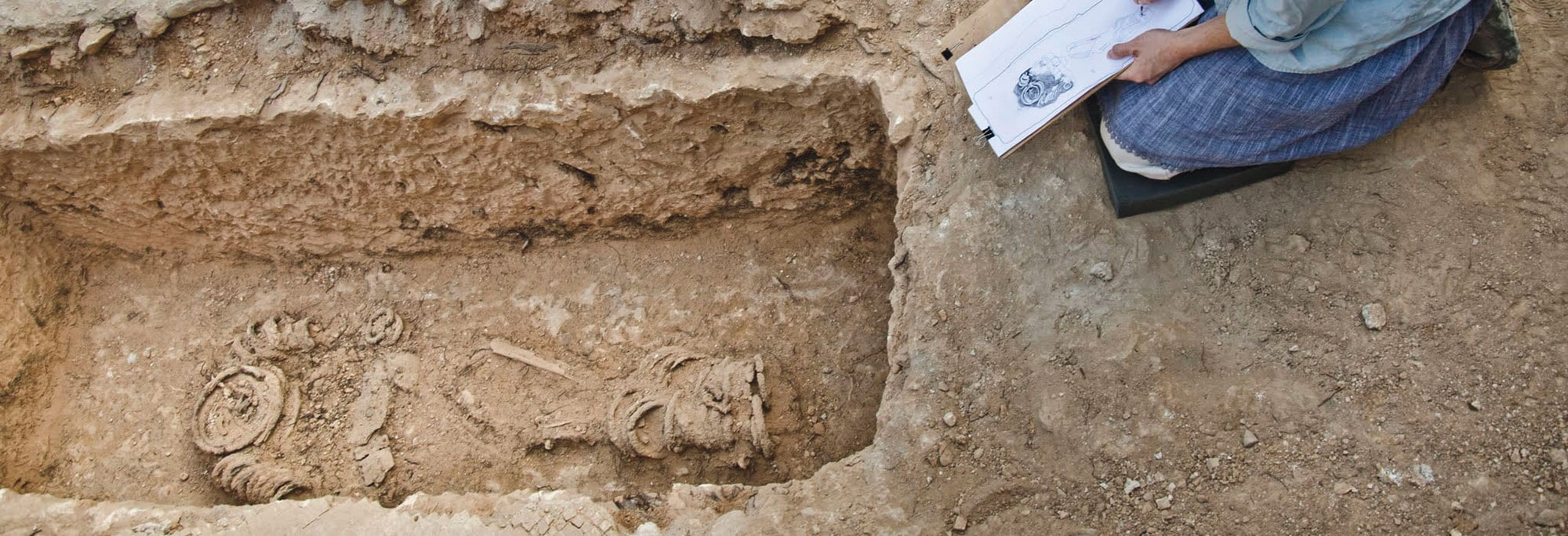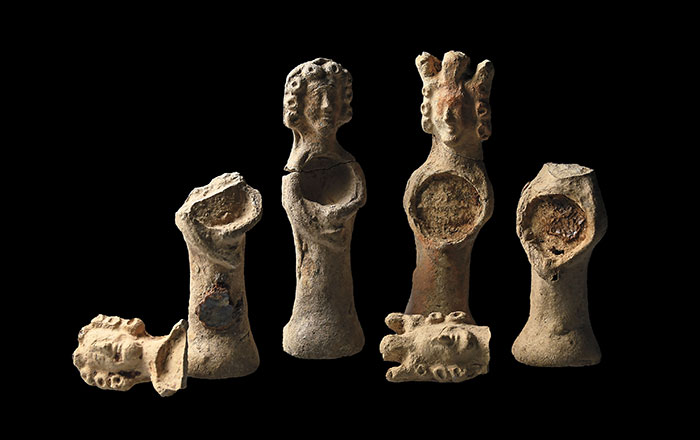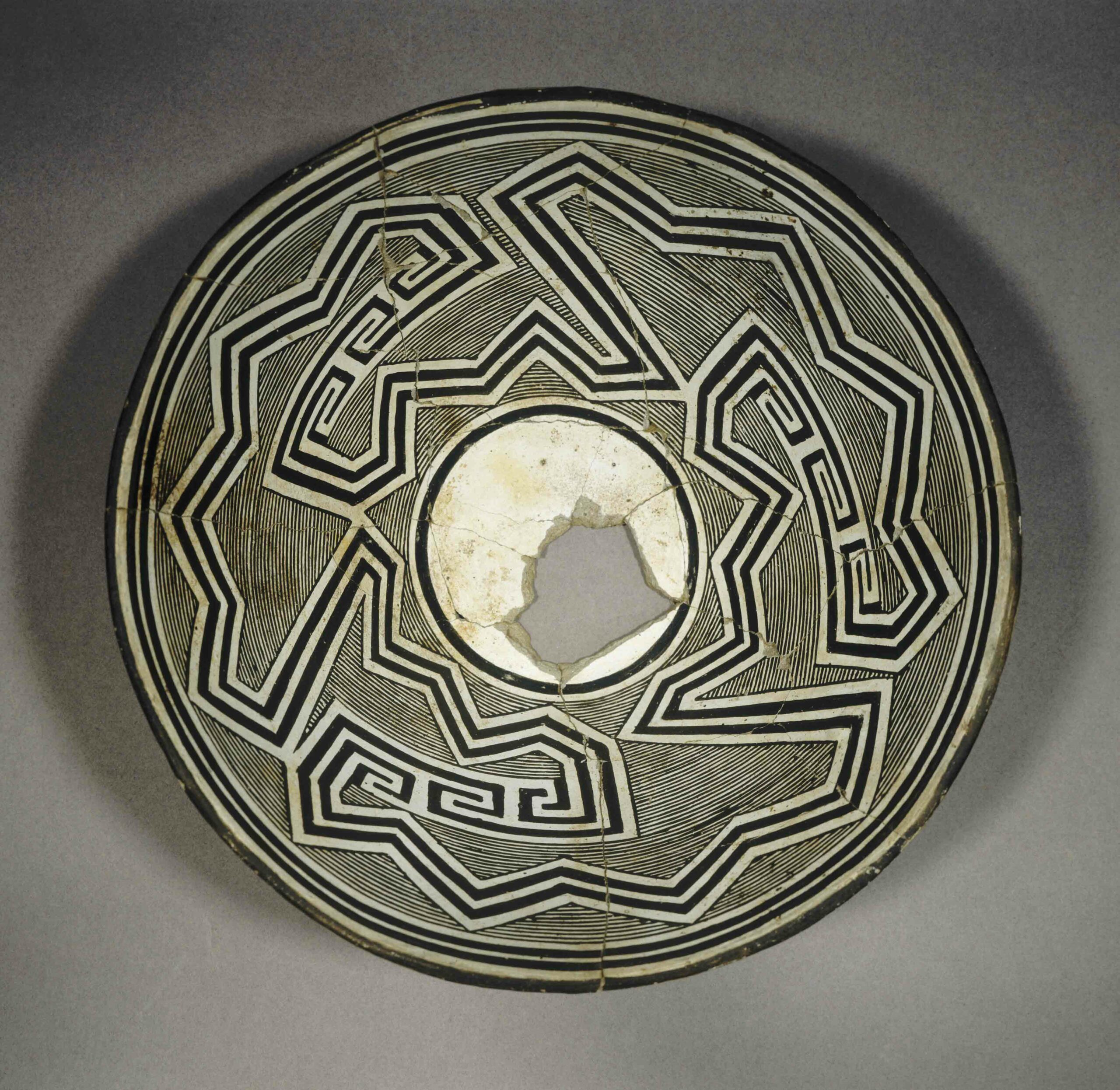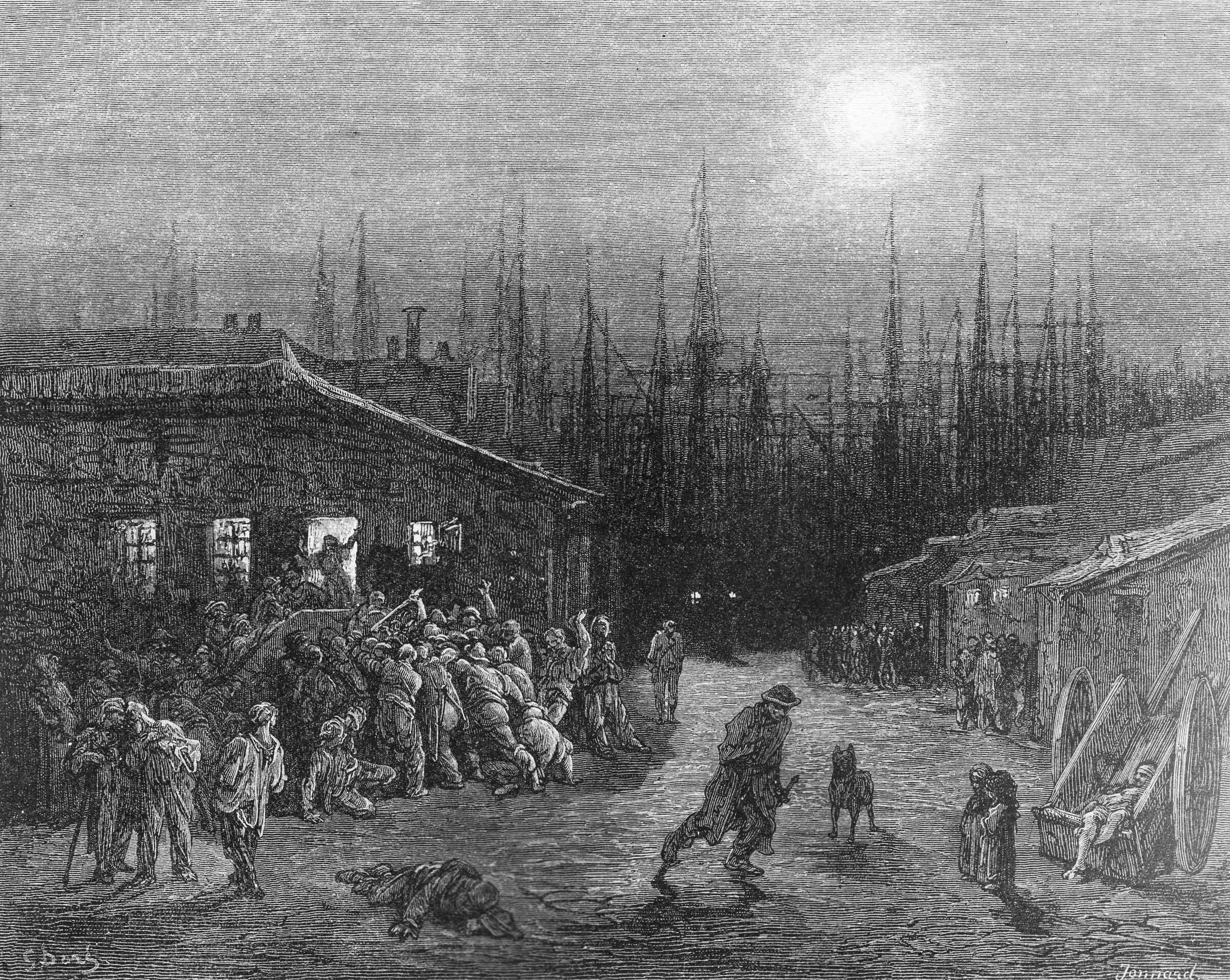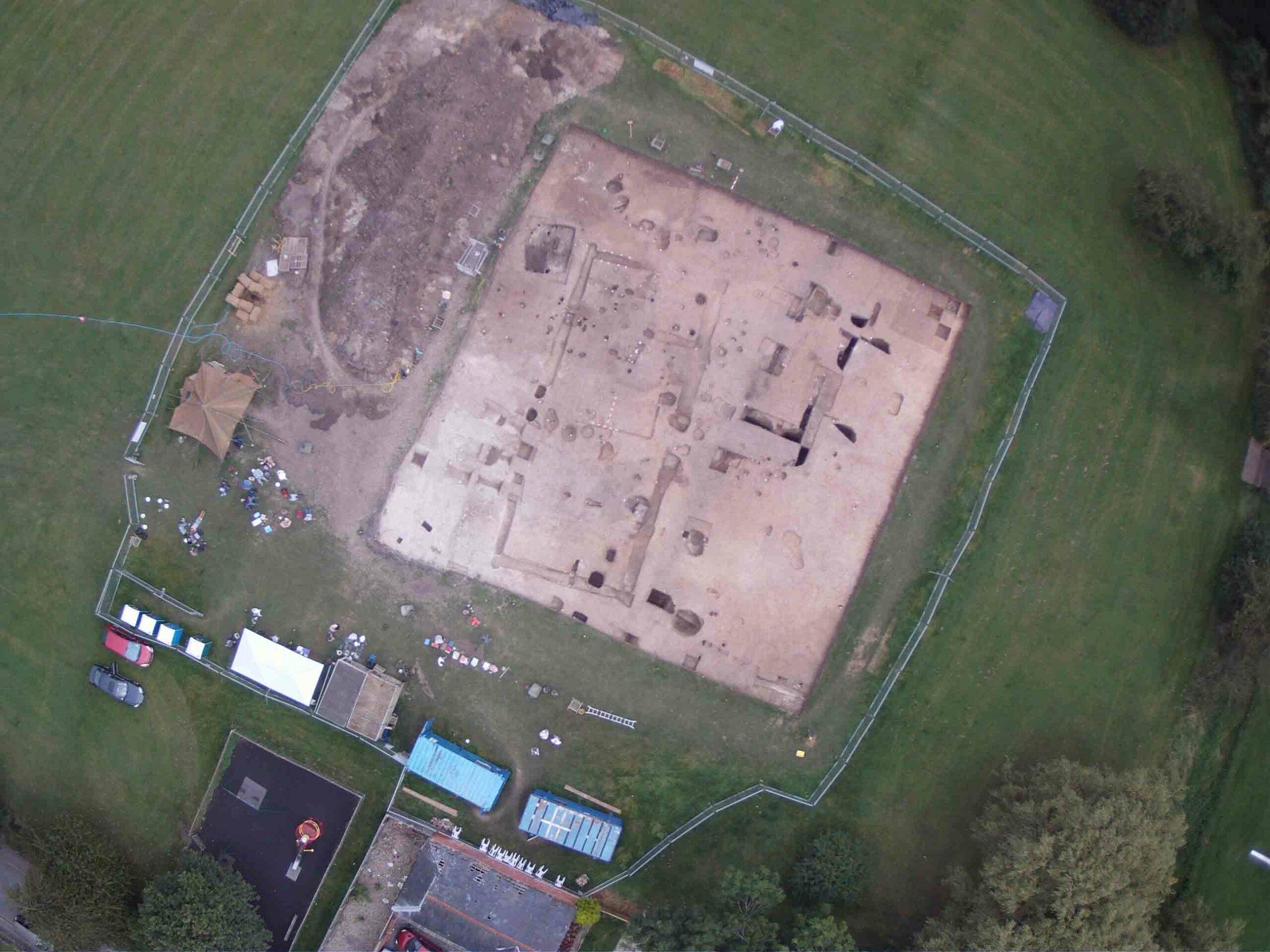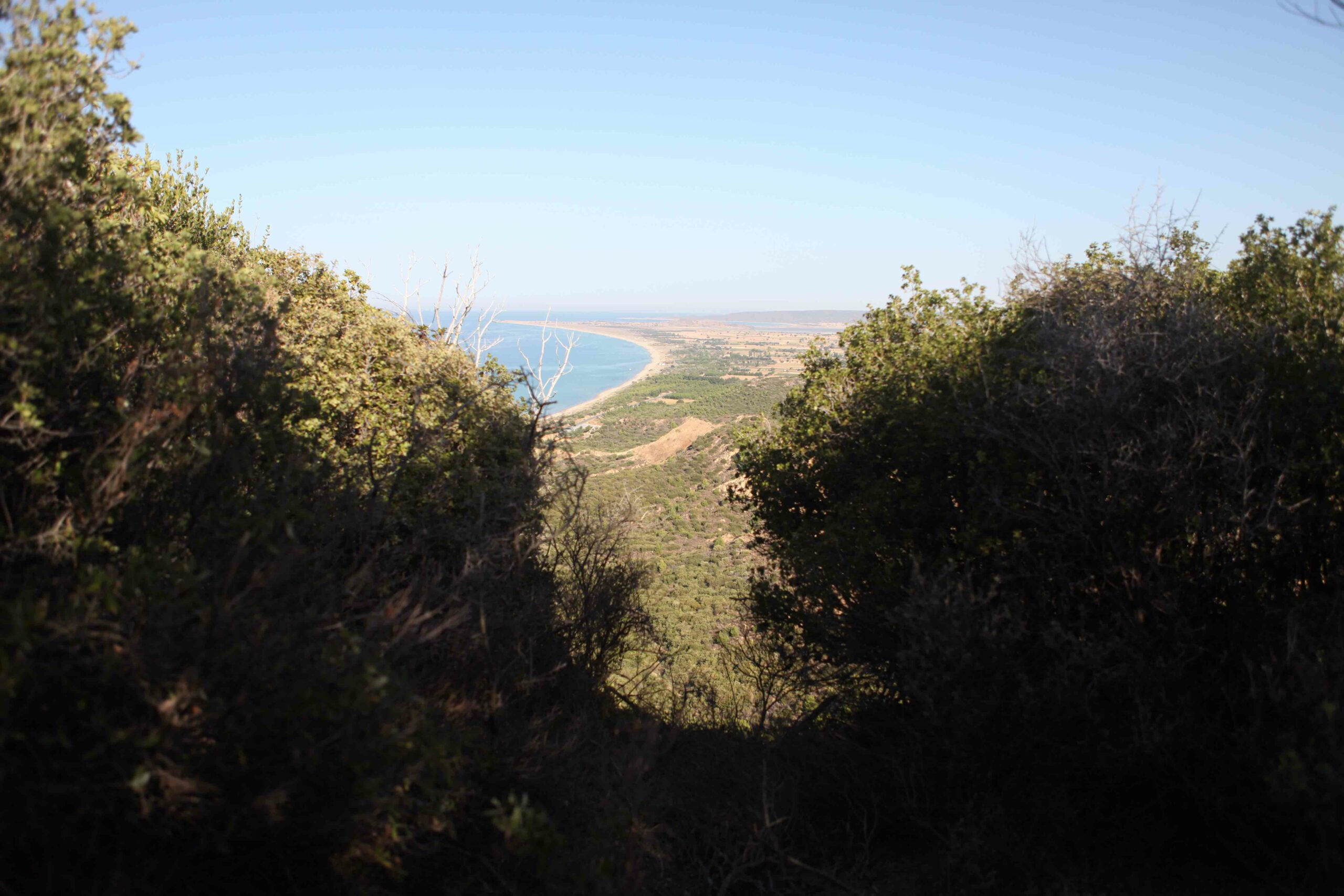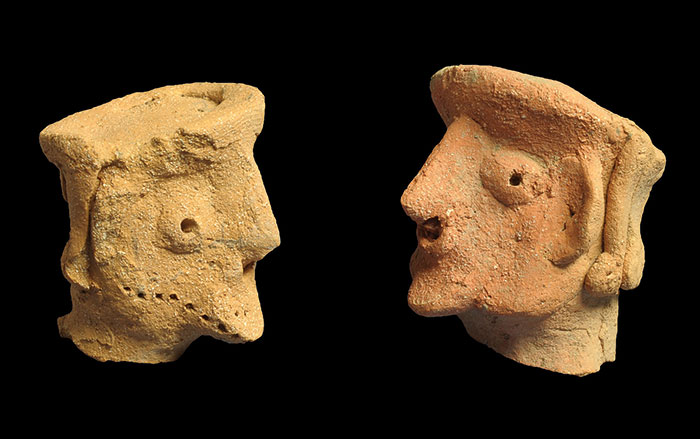
LONDON, ENGLAND—An international team of scientists formed a multidisciplinary project called LeCHE (Lactase Persistence in the early Cultural History of Europe) to investigate the interaction of genes and culture in the populating of Europe. They think that a “two-step milk revolution” may have provided the nutrition needed to survive in the northern climates. The first step of the revolution required cattle herders to learn how to ferment milk to make cheese and yogurt. Mélanie Roffet-Salque of the University of Bristol discovered milk fats on a piece of perforated 7,000-year-old pottery from Poland, illustrating this step. Cheese and yogurt are easier for adults to digest than raw milk. The second step was a genetic mutation that allows human adults to digest milk. This mutation may have contributed to the rapid spread of farmers and herders through Europe. “It could be that a large proportion of Europeans are descended from the first lactase-persistent dairy farmers in Europe,” said population geneticist Mark Thomas of University College London. An examination of cattle and the bones of other animals that provide milk shows that the domesticated cattle at Neolithic sites in Europe were more closely related to cows from the Middle East than local wild aurochs. “For a long time, the mainstream of continental European archaeology said Mesolithic hunter-gatherers developed into Neolithic farmers. We basically showed they were completely different,” said palaeogeneticist Joachim Burger of the Johannes Gutenberg University of Mainz.


